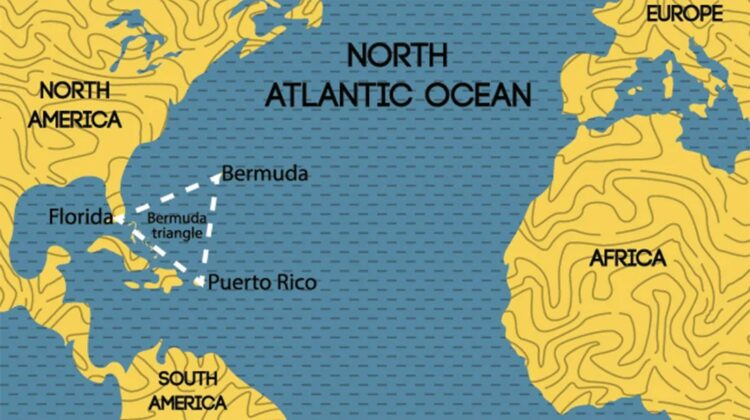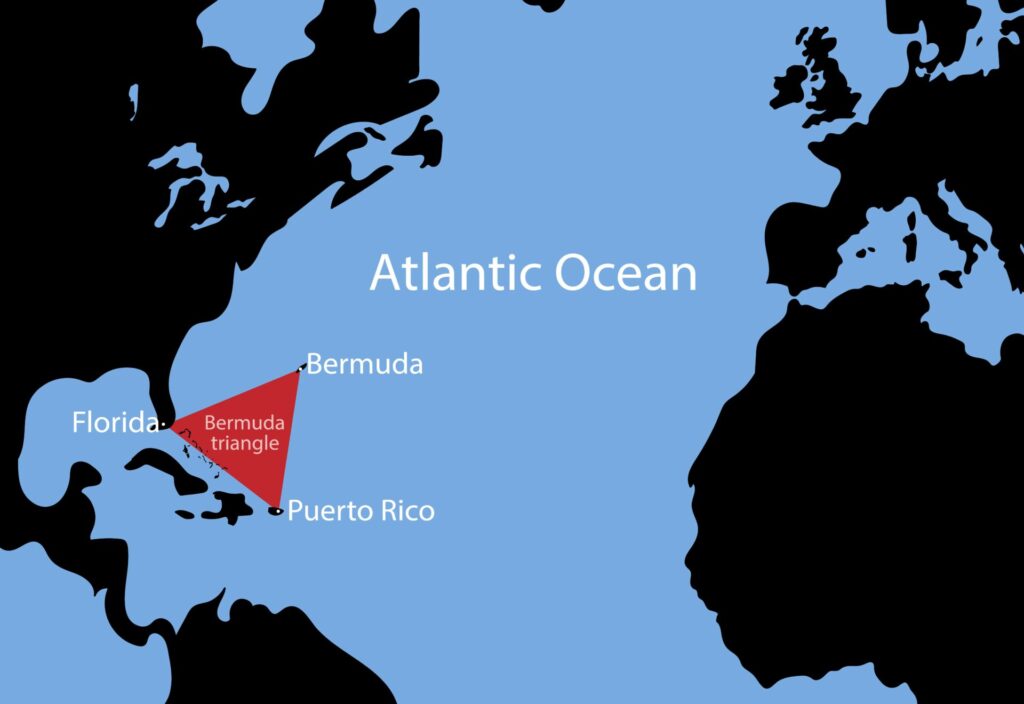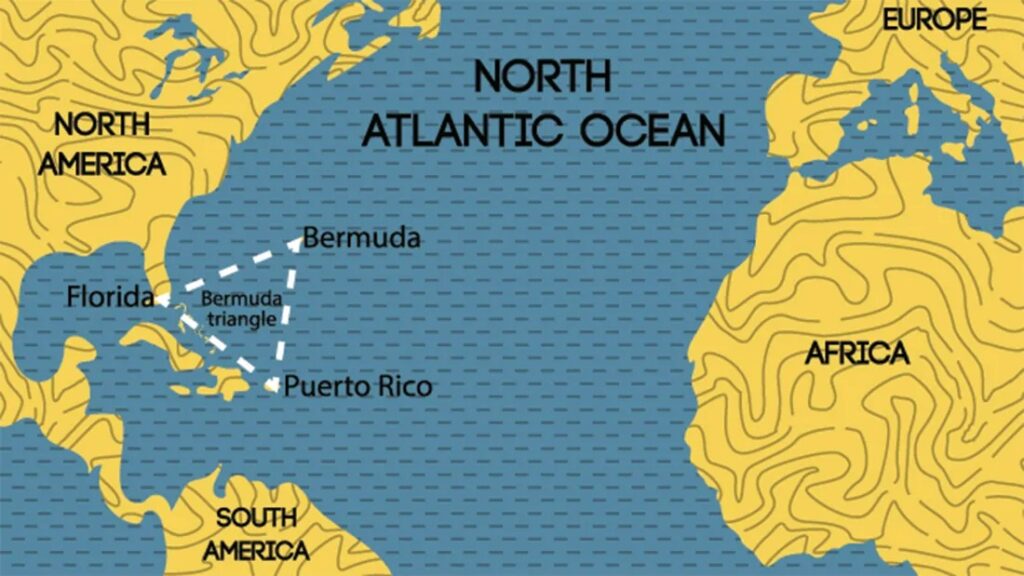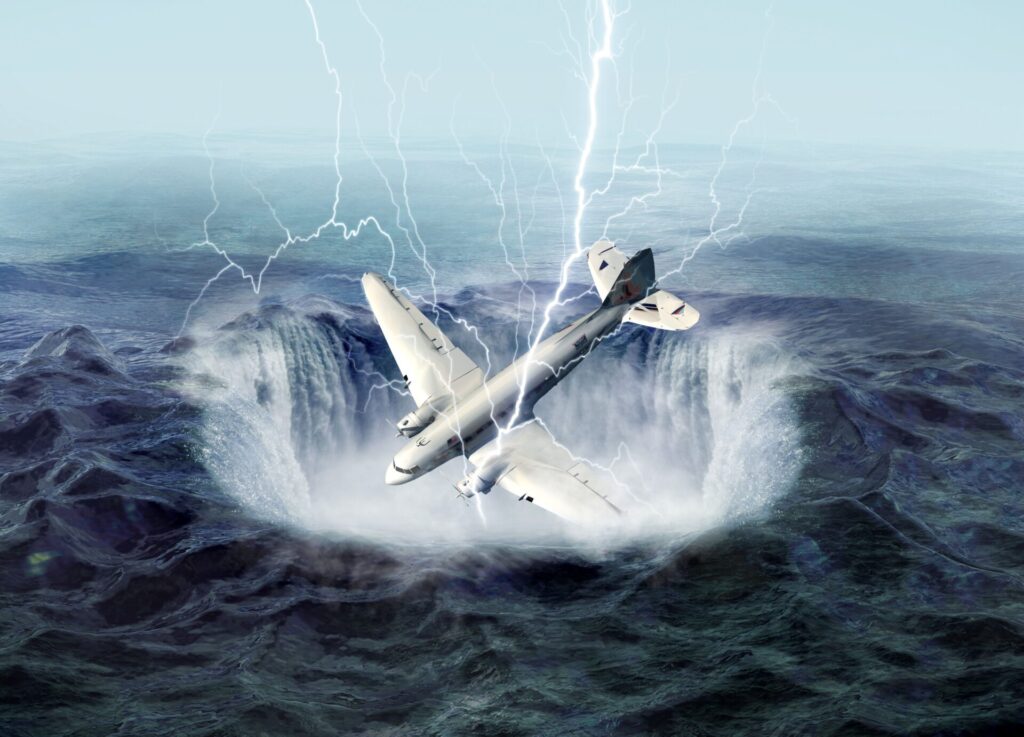
The Bermuda Triangle, that enigmatic stretch of the Atlantic Ocean, once captured imaginations worldwide. It was a place where ships and planes vanished, or so the stories told. Yet, the intrigue surrounding the Bermuda Triangle has waned in recent years.

What’s behind this sudden decline in Bermuda Triangle intrigue? Well, it likely stems from the fact that the supposed mysteries have been repeatedly debunked, revealing that there may not have been a mystery in the first place.
The origins of Bermuda Triangle interest can be traced back to a 1968 article about “Flight 19,” a group of US Avenger Torpedo Bombers that went missing in 1945. This incident, however, was not as mysterious as it seemed. The Navy concluded that the crew likely made an emergency landing at sea due to compass malfunctions and choppy seas.

While this article initially piqued interest, it is important to remember that planes go missing for various reasons. The US Coast Guard even provided rational explanations for disappearances in the area, citing environmental factors like magnetic compass variation, the swift Gulf Stream, and unpredictable weather patterns.
Statistically, the Bermuda Triangle doesn’t stand out as more accident-prone than other parts of the world’s oceans. In fact, studies and investigations have not listed it among the most dangerous areas for shipping and travel.

The belief in a higher frequency of incidents in the Bermuda Triangle likely stems from media coverage and conspiracy theories. The supposed mystery gained momentum because accidents in the area received disproportionate attention.
So, why has the Bermuda Triangle faded from the spotlight? Perhaps it’s because both creators of programs and a discerning public have come to realize that the mystery doesn’t hold up to scrutiny. It appears that the Bermuda Triangle was more a product of sensationalism and less a genuine enigma.

Leave a Reply